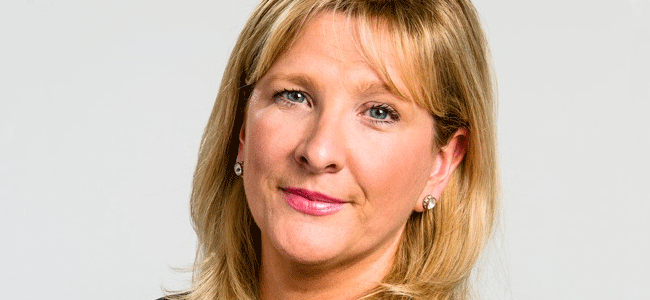Health and safety sentencing guidelines: fines rise significantly in first year

12 months since the Sentencing Council overhauled its guidelines on prosecuting companies for corporate manslaughter, health and food safety offences, Helen Devery and Erin Monaghan of BLM assess the fallout.
It has been a year since the Sentencing Council’s definitive guidelines on corporate manslaughter, health and food safety offences came into force. The impact on many businesses has been both large financial penalties and tarnished reputations.
Here is a brief reminder of the key elements of the guidelines:
- First, the courts must first consider the culpability of the offender (how serious was the breach in the context of systems and processes) which range from very high to low.
- Second, they consider the harm category which now includes the risk of harm as well as actual harm - again on a sliding scale.
- Finally, the courts review turnover, not profit, with a range from micro-businesses with a turnover under £2m, up to large businesses with a turnover in excess of £50m. Very large companies should be treated with proportionately larger fines based on turnover.
Lessons from the first year
The prosecution are frequently pitching their cases at very high or high culpability and harm. The range of fines within these categories varies significantly so the battlegrounds are frequently around the determination of these categories. This is potentially leading to more Newton Hearings, which is a pre-trial or sentencing hearing on a specific fact or set of facts which could relate to the level of harm and/or culpability.
For example, a large company with high culpability and harm category 1 can expect a fine between £1.5m and £6m with a starting point of £2.4m. If the company’s breach is categorised as medium culpability and harm category 2, the range and starting point are very different – £300,000-£1m and £600,000 respectively.
We have also seen a number of appeals against a sentence, if a company considers that their offence was wrongly categorised by the sentencing judge.
Given the high stakes, more defendants may decide to take their chances and go to trial due to the uncertainty of how the offence will be categorised. The new regime is, therefore, likely to also impact on legal costs. Trials and Newton hearings are costly, and so there will be a watchful eye on indemnity spend from those funding the cases.
BLM’s sentencing tracker has been monitoring sentences imposed across England and Wales throughout the first year of the guidelines. Whilst not yet binding in Scotland, the huge fine on the energy giant Scottish Power for a breach resulting in the severe scalding of one its workers shows that the new guidelines ought to be used as “cross-reference ” by judges north of the border when imposing fines.
The tracker reveals that fines have increased significantly for all businesses and 17 fines of £1m or more have been imposed since 1 February 2016.
The highest fine of £5million was imposed on Merlin Attractions Operations Limited. This followed the incident at Alton Towers, in which 16 people sustained very serious injuries at its theme park. By way of contrast, in April 2012 and under the previous sentencing guidelines, Merlin was fined £350,000 for a fatal accident when a pensioner fell into a moat and died at Warwick Castle, which is part of its portfolio. The sentence four years later demonstrates the huge increases in fines now being handed down by the courts. All businesses must also be aware that the fines relate to all cases sentenced after February 2016 regardless of the date of the offence.
Network Rail was fined £4m following the death of a pedestrian on a crossing, and Conoco Phillips (UK) was fined £3m in the first case where there was a risk of harm rather than actual harm, following gas leaks on a gas platform off the Lincolnshire coast which put workers’ lives in danger.
The new guidelines have introduced fines that are proportionate to the size of the company, meaning that both small and large businesses should feel the same impact, irrespective of turnover. Better safety management was always the intended outcome and a pro-active approach to health and safety is a board-level requirement.
Time will tell if these new guidelines impact positively on accident ratios but they are here to stay so all organisations must be aware of their impact and work positively to improve systems and safety for their people and profits.

Helen Devery is partner and head of health and safety at law firm BLM, and Erin Monaghan is a trainee solicitor at BLM.
